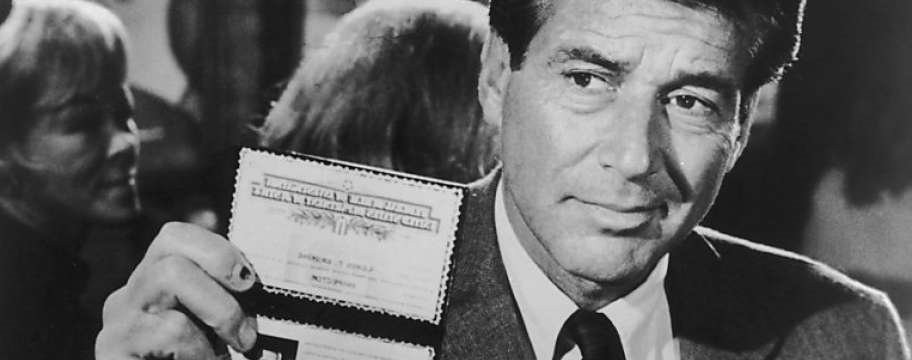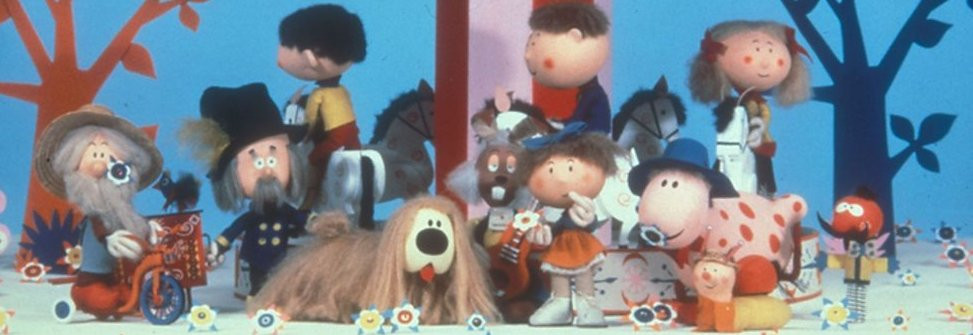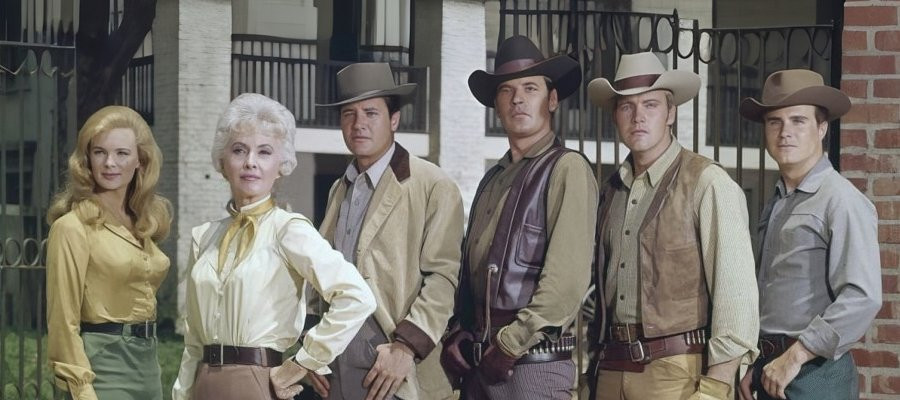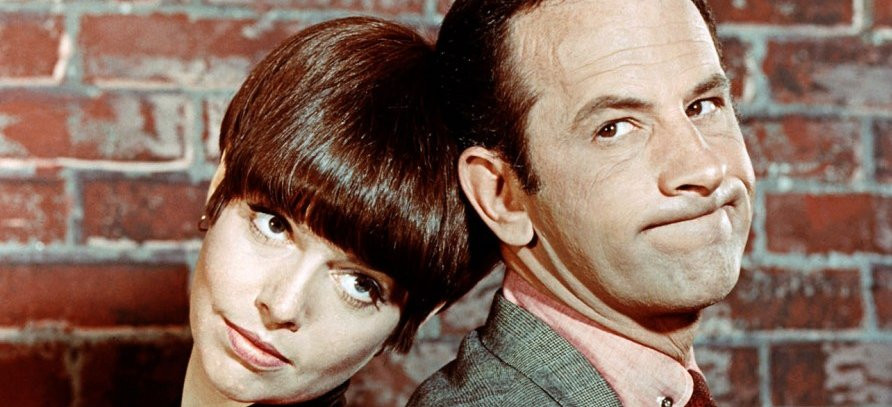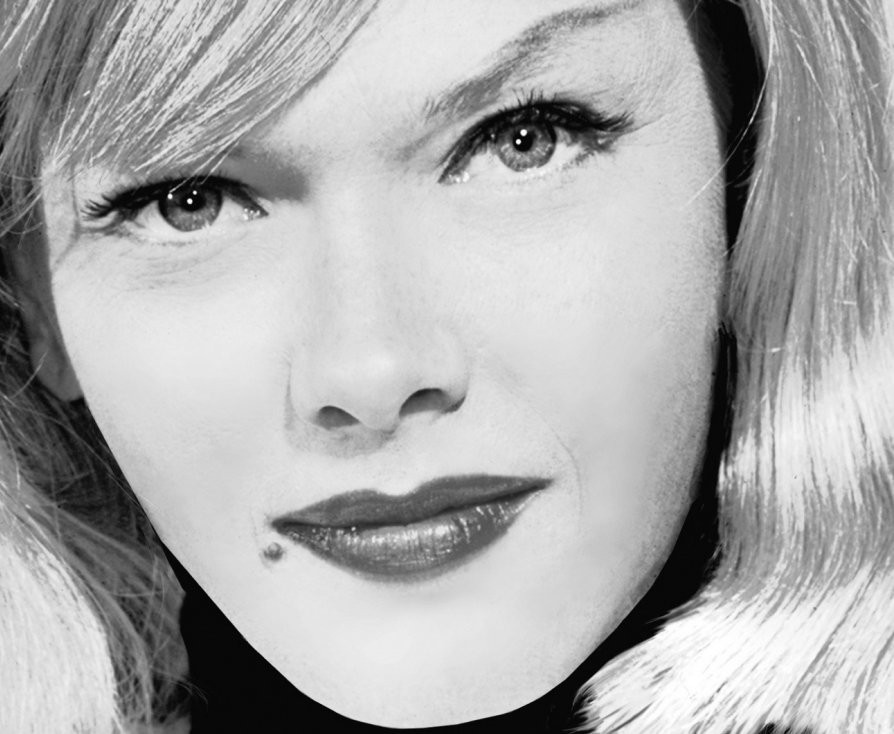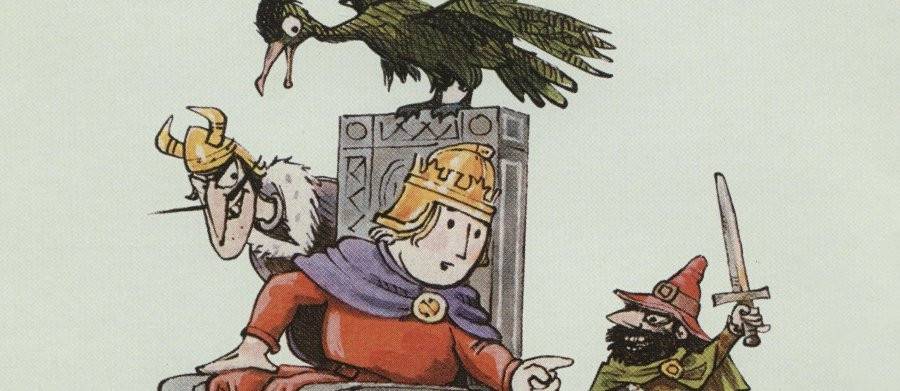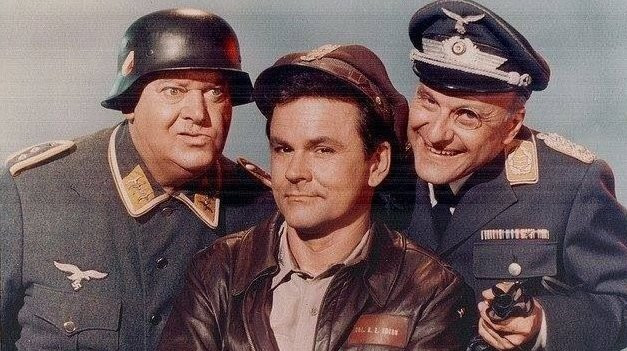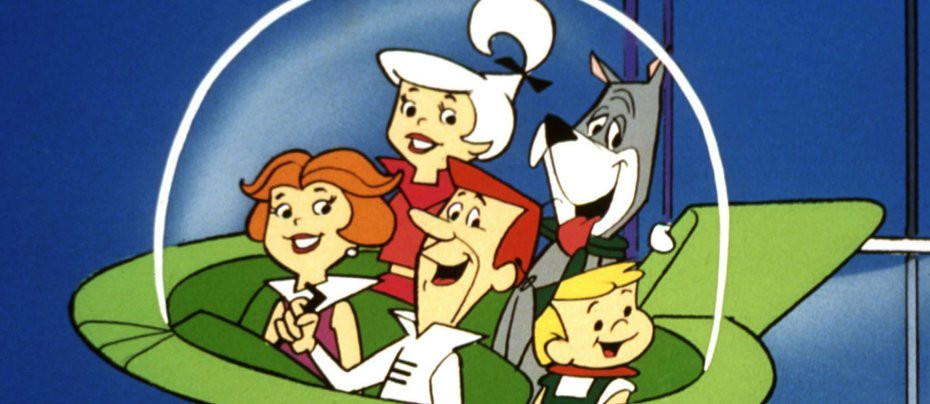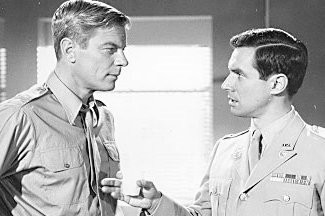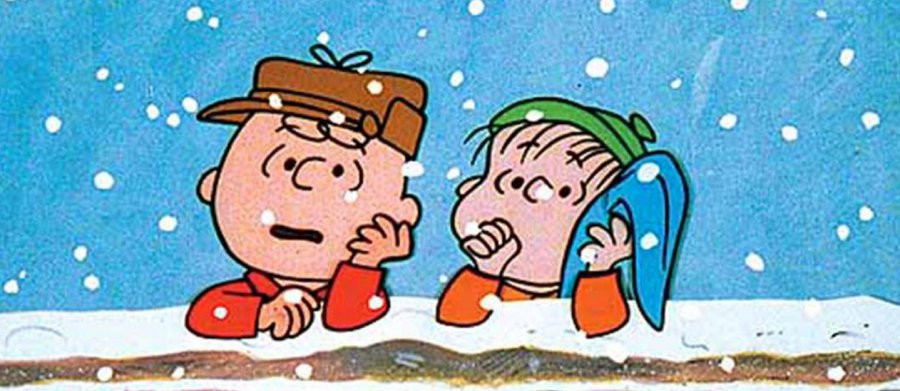
A Charlie Brown Christmas
1965 - United StatesIf there’s one televised Christmas special in the United States that’s the closest thing to a perennial classic, in my opinion, it has to be–wait for it-- “A Charlie Brown Christmas!”
The late Charles Schultz was stubborn about the depiction of the characters from his classic comic strip “Peanuts,” and he clashed with CBS over the simple story about the real meaning of December 25th. That attitude paid off in spades–both commercially and critically-- and A Charlie Brown Christmas remains timeless holiday entertainment for adults and children alike.
The “Peanuts” characters–Charlie Brown, Snoopy, Lucy, Linus, Schroeder and others–were well-known to Americans by 1965. Schultz began drawing and writing the popular comic strip in 1950, but had started to branch out his creations in books and various “Peanuts”-related items; the characters had even been used in advertising for Ford and its U.S. compact Falcon in the early 1960's. But it took a phone call from The Coca-Cola Company to set the wheels in motion for the first-ever “Peanuts” television special.
Coke wanted CBS to air a Christmas show featuring Schultz’s creations. To produce the special, the soft drink giant turned to Lee Mendelson, who had just worked on a documentary about Schultz; the two men had formed a strong bond during the production. Schultz warmed up to the idea, and even suggested hiring an animator and director named Bill Melendez, who had produced the “Peanuts” television ads for the Ford Falcon.
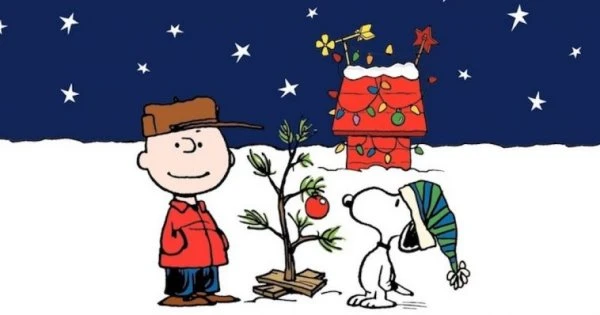
Schultz came up with a holiday story that was simple yet rang a bell with millions of people: Charlie Brown was depressed on one of the happiest times of the year. He lamented the over commercialisation of Christmas as all his friends were obsessed with presents and shiny displays. Even Charlie Brown’s faithful beagle Snoopy entered a contest for the best-decorated (dog) house.
As was his habit, Charlie Brown turned to his friend and nemesis Lucy Van Pelt (the five-cent psychologist), who suggested he get involved by directing the school’s annual Christmas pageant. But no one in the cast would take Charlie Brown’s marching orders and he was relegated to picking out a tree for the pageant–preferably a big, shiny aluminium tree. Charlie Brown enlisted the help of Lucy’s blanket-carrying younger brother Linus, and the two set out to find the perfect Christmas tree. They went to a nearby tree stand, where amid the big, shiny, flashy models stood a small, scrawny pine tree on a simple stand. Despite Linus’ protests, Charlie Brown bought the pitiful tree and took it back to the school. Not surprisingly, everyone laughed and made fun of poor Charlie Brown and the tree. In exasperation, Charlie Brown asked if anyone knew the real meaning of Christmas. Only Linus stepped up to the plate; bathed in a solo spotlight, Linus recited the story of Jesus’ birth from the Gospel of Luke:
"And suddenly, there was with the angel a multitude of the heavenly host praising God, and saying, 'Glory to God in the Highest, and on Earth peace, and goodwill toward men.” (Turns to Charlie Brown: “And that's what Christmas is all about, Charlie Brown."
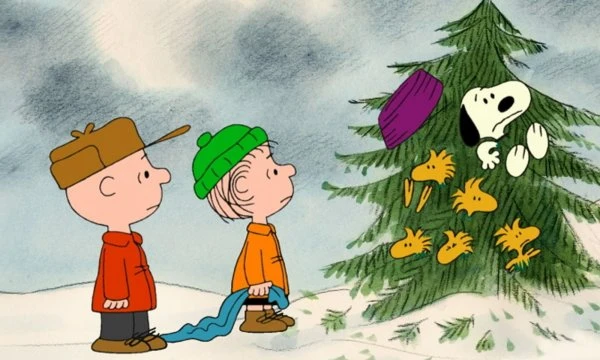
Linus’ speech inspired Charlie Brown to take the tree home and fix it up. But when he decorated the frail tree with a single bulb, it fell to its side, leaving poor Charlie Brown distraught. ("I killed it! Augghh! Everything I touch gets ruined!") The rest of the gang had followed Charlie Brown and watched what happened. “All it needs is a little love,” said one of the gang, and the group soon got to work, taking the Christmas decorations off of Snoopy’s garishly-decorated dog house (which won first place in the contest) and gave the little tree new life and grandeur. When Charlie Brown returned, he saw the now-beautiful tree and the story ended with the entire “Peanuts” gang singing the classic Christmas carol “Hark the Herald Angels Sing.”
Getting the story to television would prove to be a difficult one. The budget for the special required the animation to be crude and choppy; the soundtrack was mediocre by the broadcast standards of the day. To cut costs, actual children–not actors–were hired to voice the various Peanuts characters. (It was a harder process than normal, since some of the young kids had problems reading their lines, requiring take after take.)
CBS was unhappy with the finished product. In addition to the problems cited above, the network was skittish at best about the show’s religious theme–especially Linus’ reading from the Gospel of Luke. (An angry Charles Schultz refused to drop the scene, noting “if we don’t tell the true meaning of Christmas, who will?”
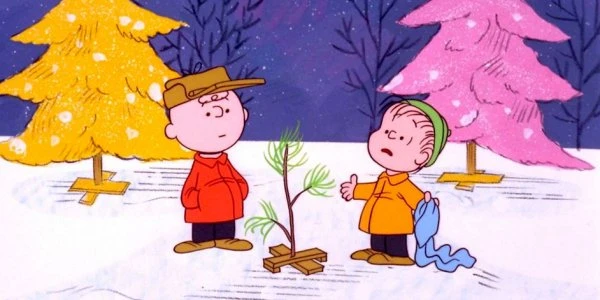
The network also didn’t like the fact A Charlie Brown Christmas aired without canned laughter (a laugh-track version was produced but never released), and it questioned the music for the special. Instead of traditional holiday songs, the late, great musician Vince Guaraldi wrote the music for the show, and performed the soundtrack with his jazz trio. CBS feared Guaraldi’s lively jazz score would be over the heads of children. Nevertheless, CBS had a contract with Coke to air the show, which it did–with the real possibility that the programme would be a ratings and critical disaster.
On December 9th, 1965, CBS pre-empted an episode of its popular monster-themed sitcom The Munsters to air A Charlie Brown Christmas. To the surprise of everyone, 50% of the viewing audience was tuned to CBS that night, and the critics were ecstatic. (It was the second most-popular programme the week it aired, beaten only by the venerable NBC family Western Bonanza.) CBS quickly ordered more Peanuts specials, and A Charlie Brown Christmas continued to air year after year to great ratings. (Overall, more than two dozen Peanuts specials were produced for CBS, including A Charlie Brown Thanksgiving and It’s the Great Pumpkin, Charlie Brown.)
In 2000–the same year creator Charles Schultz died-- ABC obtained the rights to the Peanuts specials and continued the holiday tradition, with A Charlie Brown Christmas still pulling in more than ten million viewers and winning its timeslot year after year.
Why did Americans take to a simple story in the first place? For just about everyone, A Charlie Brown Christmas appealed to everyone. Christians admired it because it was a sharp yet subtle reminder that December 25th was more than just candy canes and the latest toys. Those who hated the growing commercialisation of the holiday found solace in its simple story. And even non-Christians could enjoy the gentle humour and the wonderful Guaraldi-written score. Even in today’s more cynical times, those who were involved in the making of A Charlie Brown Christmas now know it was something special. Christopher Shea was just 7 years old when he provided the voice of Linus. In an interview with “USA Today,” Shea–who now has two daughters–didn’t quite understand the impact of his simple, solo reading of the Gospel of Luke: "People kept coming up to me and saying, 'Every time I watch that, I cry,' " he says. "But as I got older, I understood the words more, and I understood the power of what was going on. Now I cry, too."
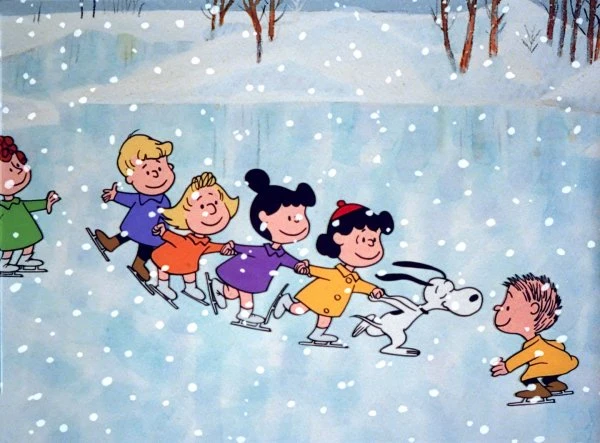
A Charlie Brown Christmas has won just about every possible honour the television industry could give–a tribute to a simple and well-told story. And thanks to modern technology (the special is available on DVD), new generations can understand what we baby boomers knew all along: You’re a good man, Charlie Brown. And you too, Charles Schultz.
Seen this show? How do you rate it?
Seen this show? How do you rate it?
Published on December 18th, 2020. Written by Michael Spadoni (2007) for Television Heaven.


